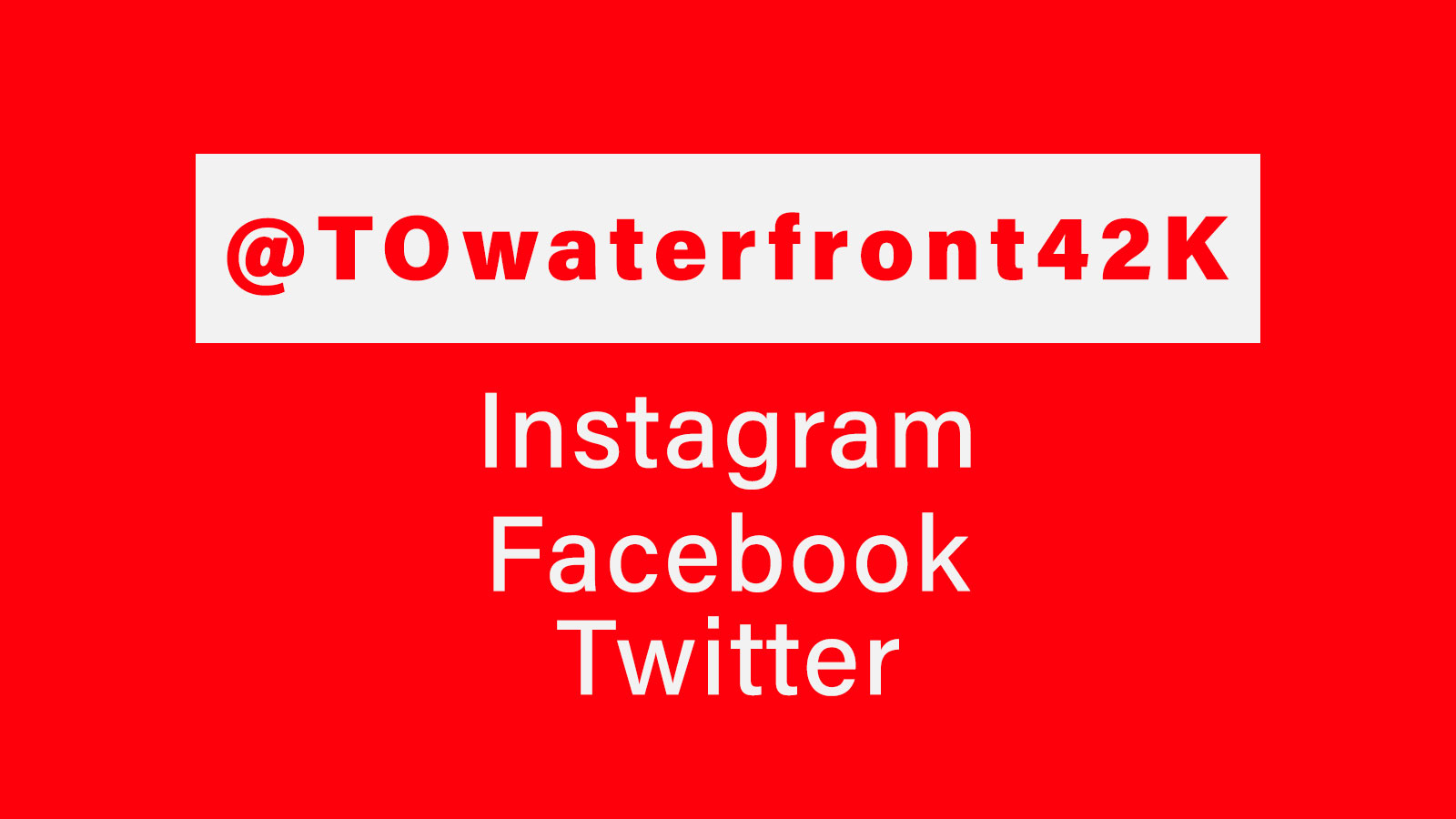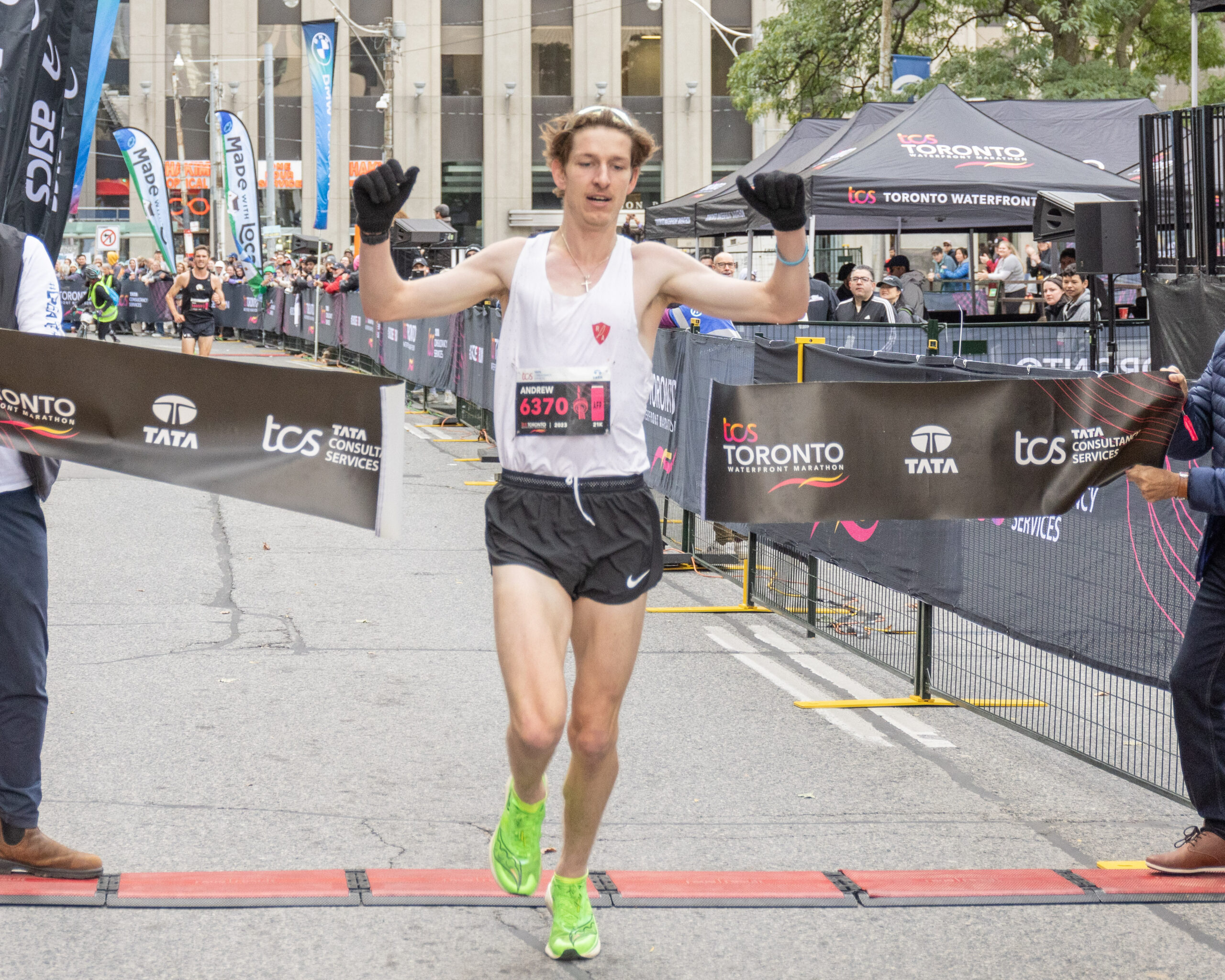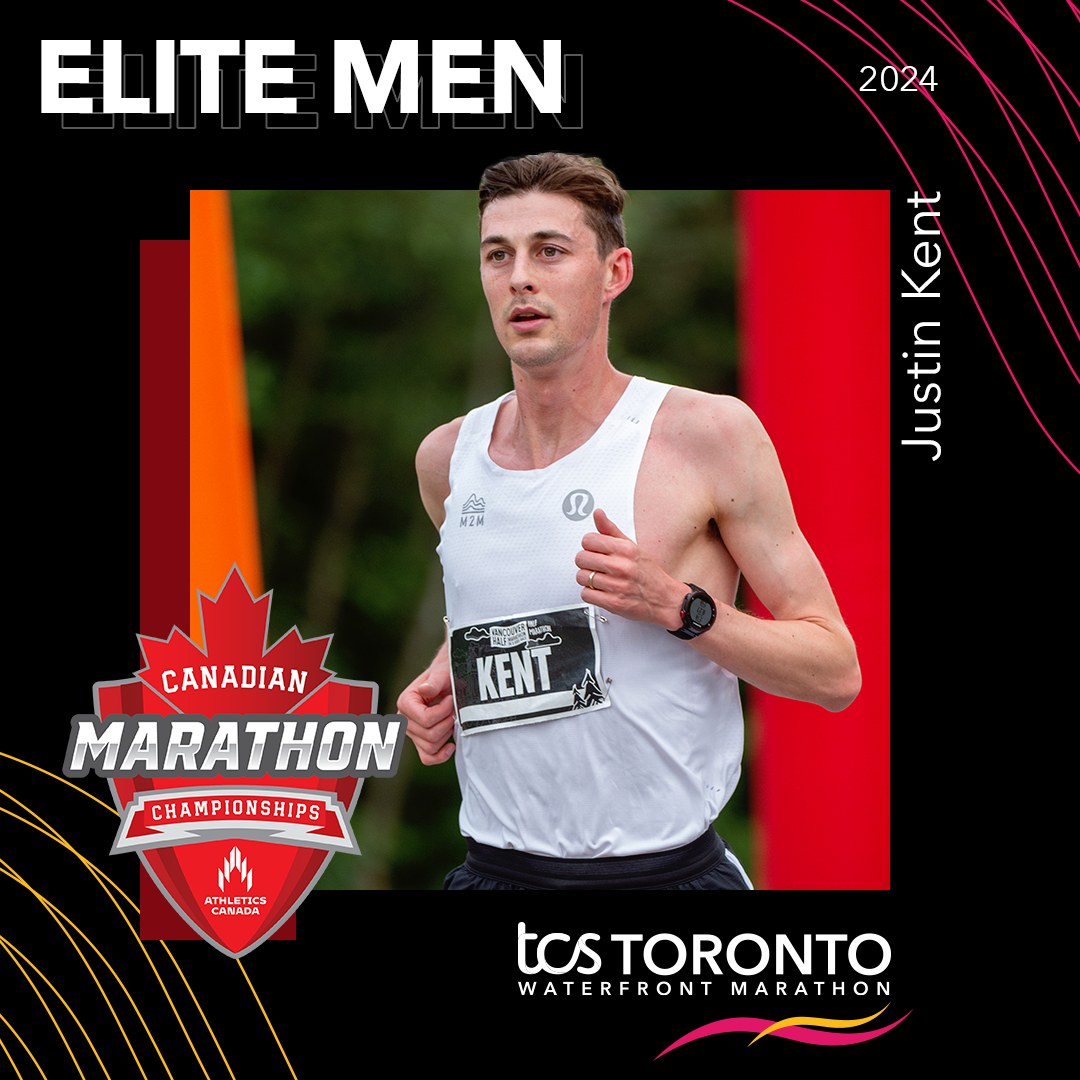Last night, at the Downtown Yonge St. Running Room, over 50 runners filled the bustling location to witness the unveiling of the 30th anniversary Scotiabank Toronto Waterfront Marathon shirt design.
Race shirts are an important part of the experience for runners. Not only does the shirt act as a form of recognition, but it also lives on to represents the accomplishment as they continue using the technical tee to train for future races. Many friendships in the running community have started with an excited, “Hey, I ran that race, too!…”
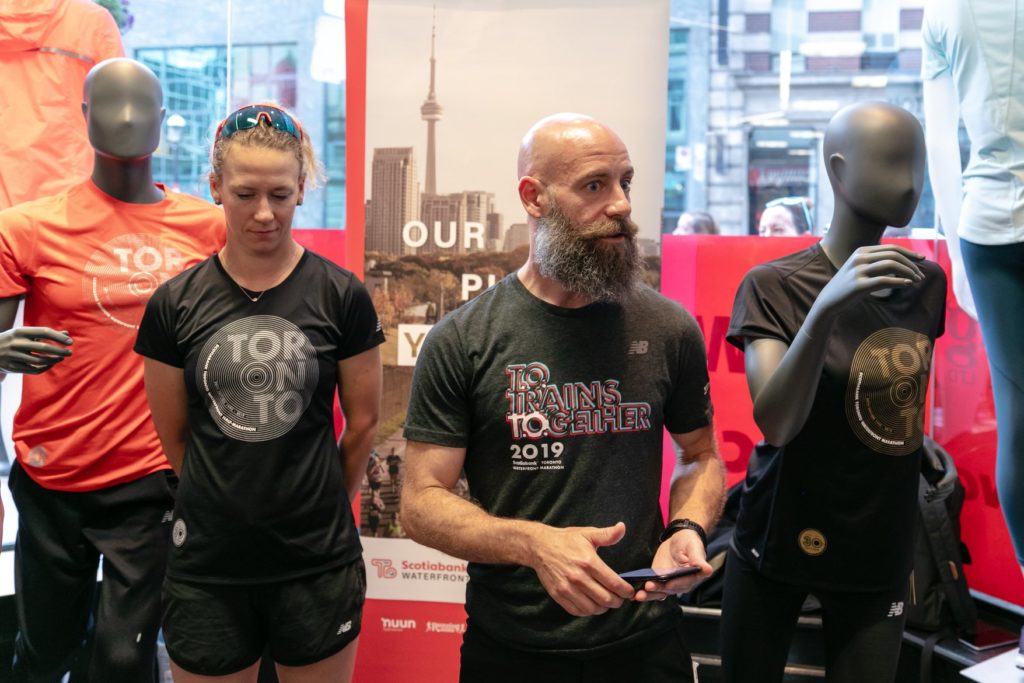
Jessica (wearing the half-marathon shirt) and Richard (wearing the training shirt).
To kick off the evening National Event Director, Charlotte Brookes, said a few words on the history of the marathon. On behalf of Alan, she fondly remembered when Canada Running Series started out as the Coors Light series (a “six pack of races”). 30 years later we are lucky to be celebrating milestone after milestone, thanks to our dedicated community.
New Balance athlete, Jessica Kuepfer, also described her positive experience returning to the Scotiabank Toronto Waterfront Marathon each year. This is a huge compliment coming from someone who, as she jokingly put it, “doesn’t like to repeat races”.
Next up, Richard Kuchinsky (Directive Collective), said a few words on the inspiration behind his designs:
This year’s race shirt is a special one… as an anniversary race year, it is also the first metallic print on a technical shirt in the history of the race!
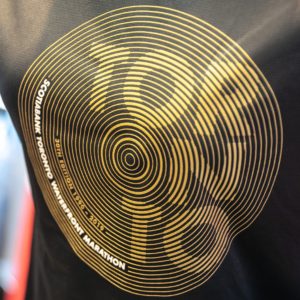
The full marathon shirt design.
The designs are as follows: gold on black for the full marathon, silver on black for the half, and silver on red for the 5K.
The design features 30 rings, for the 30th anniversary of one of Canada’s best IAAF Gold Label Marathons.
These rings represent the waves of the waterfront course and the energy that emanates from a runner’s core focus. As every runner knows, a runner’s strength comes from this inner center; your core is what allows us to push through when the race gets hard.
Our training, and the unique reasons why each of runs, is part of this core that pushes us forward from the heart through the legs.
Integrated into these rings is the word TORONTO. Just as the city itself is part of what makes the Scotiabank Toronto Waterfront Marathon special.
The letters, like the course, the neighborhoods and the other runners, are all connected and integral components of this special event.
And to mark the occasion, every shirt also features a special 30th Edition badge.

The group run, paused for a quick photo at the TORONTO sign.
And with that, the shirts were revealed, and the runners took off on their respective, celebratory runs (routes and direction courtesy of the Running Rats run crew).
Shirts will be available for pickup at the Health and Wellness Expo for registered runners only.
Register for the marathon, half-marathon, and 5K runs here. More information available on stwm.ca and @TOwaterfront42K
#ItsYourMoment
#TOwaterfront42K
#InfinitePotential
Photo credit for all photos: Edison Yao




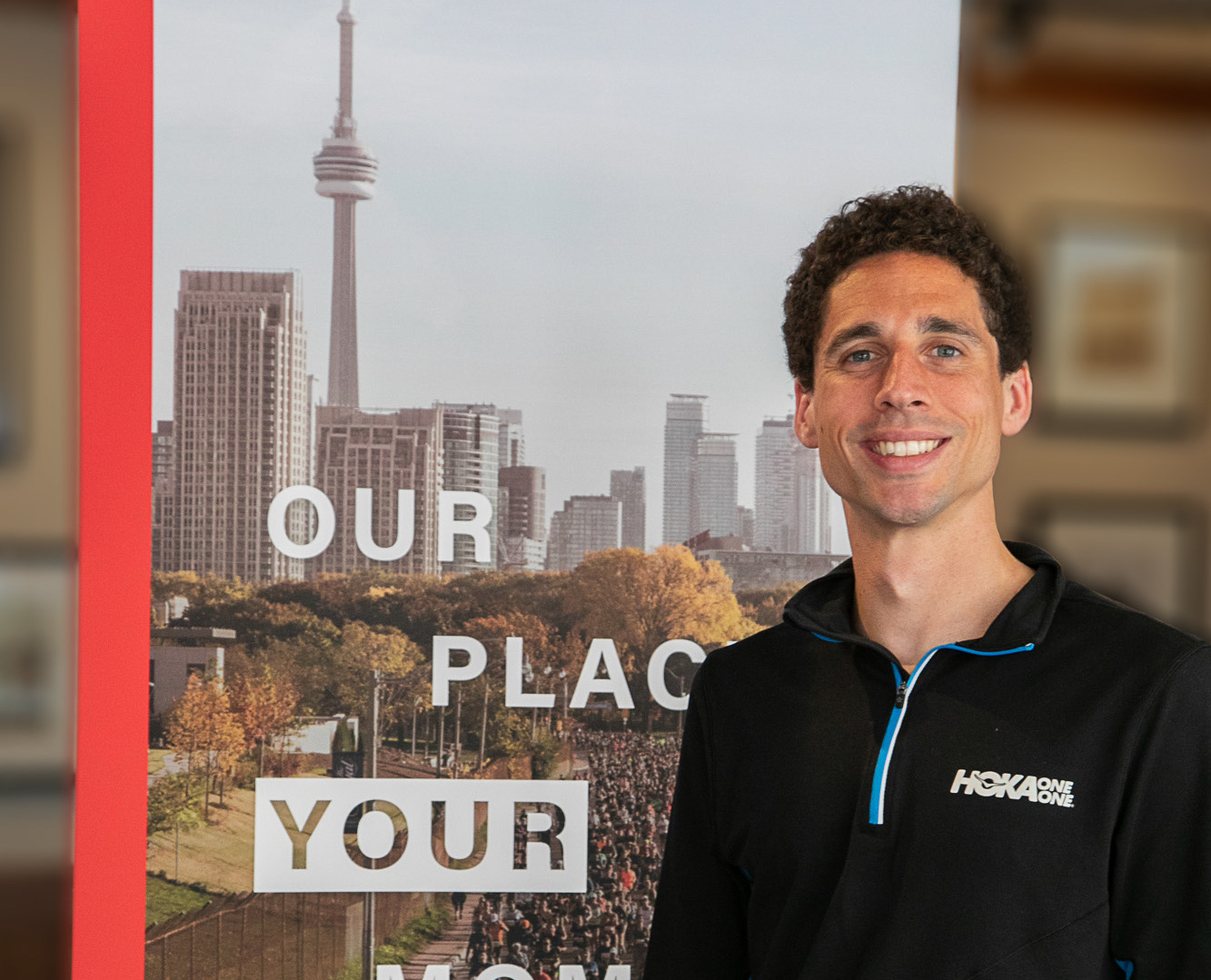 Cameron Levins is sitting at the head of the table, relaxed.
Cameron Levins is sitting at the head of the table, relaxed.

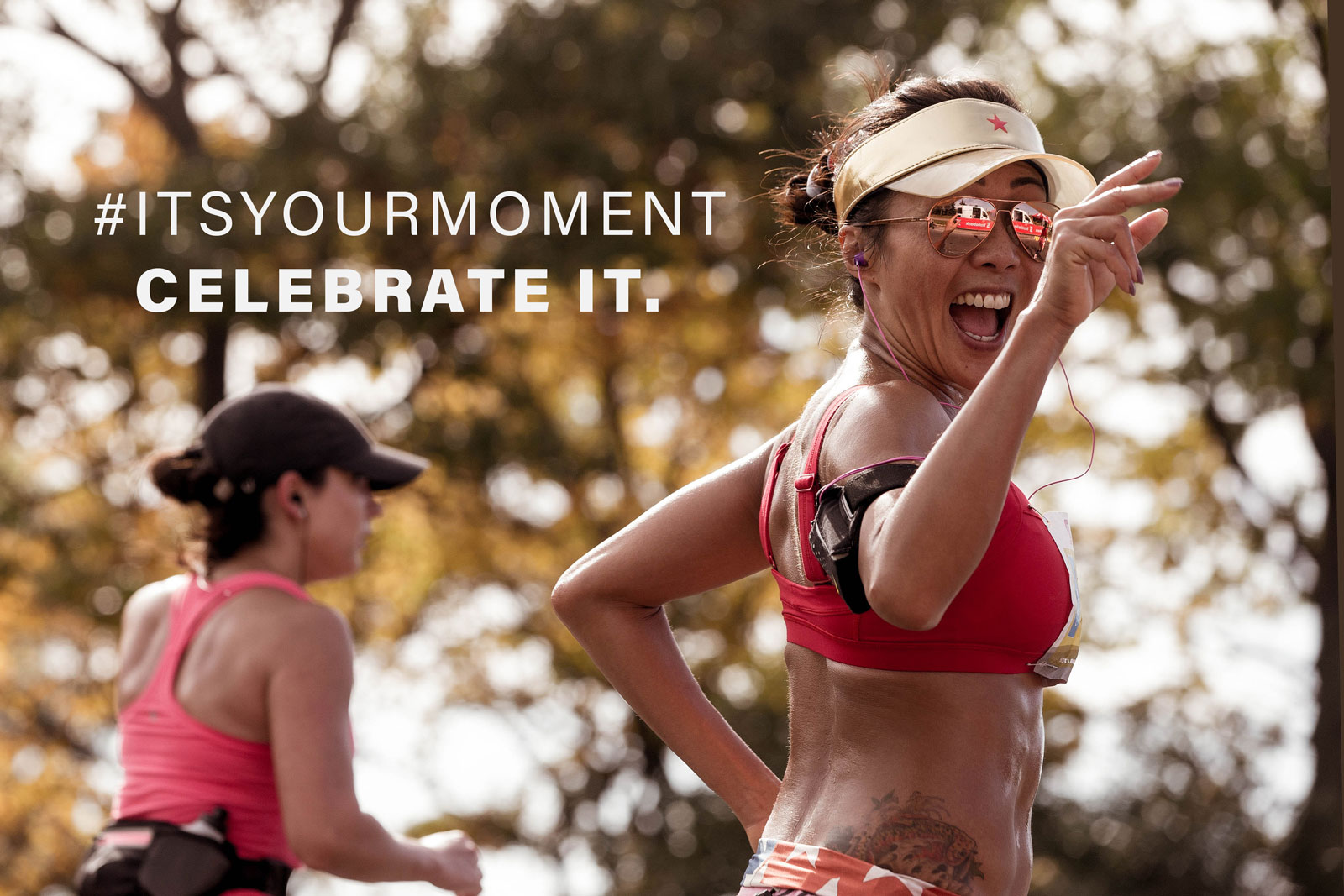
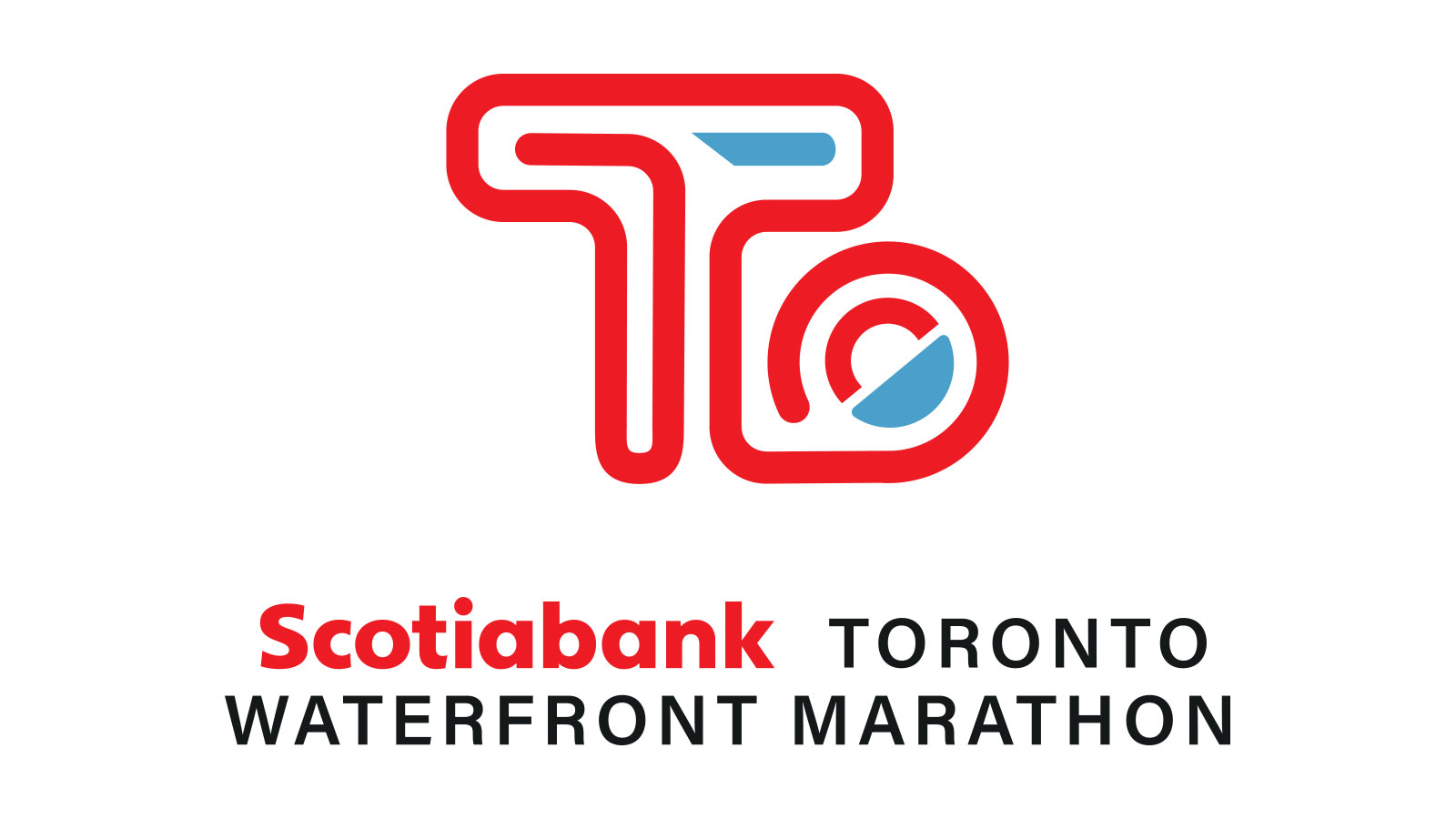 First of all, we were super excited about this project,” says Isabelle Philippe, the lead designer on the project. “There is no other sport where the first timer stands amongst the world’s best. They stand as equals on a level playing field. We’re going to draw on the essence of the race, the inner fire it sparks in its participants, and the significance it has to Toronto.”
First of all, we were super excited about this project,” says Isabelle Philippe, the lead designer on the project. “There is no other sport where the first timer stands amongst the world’s best. They stand as equals on a level playing field. We’re going to draw on the essence of the race, the inner fire it sparks in its participants, and the significance it has to Toronto.” The running community has changed immensely over the past 30 years. The race consciously worked to stay relevant, both to the shifts in what the race experience can be, but also to the community. Our new tagline, “Our Place, Your Moment” and its corresponding hashtag #ItsYourMoment reflects this. “We resonated with this idea that for those running, this is our city, but it’s the moment that belongs to each and every participant,” says the Origin team. “A moment months in the making. A moment shared with 25,000 others on the same path of self-discovery.”
The running community has changed immensely over the past 30 years. The race consciously worked to stay relevant, both to the shifts in what the race experience can be, but also to the community. Our new tagline, “Our Place, Your Moment” and its corresponding hashtag #ItsYourMoment reflects this. “We resonated with this idea that for those running, this is our city, but it’s the moment that belongs to each and every participant,” says the Origin team. “A moment months in the making. A moment shared with 25,000 others on the same path of self-discovery.”